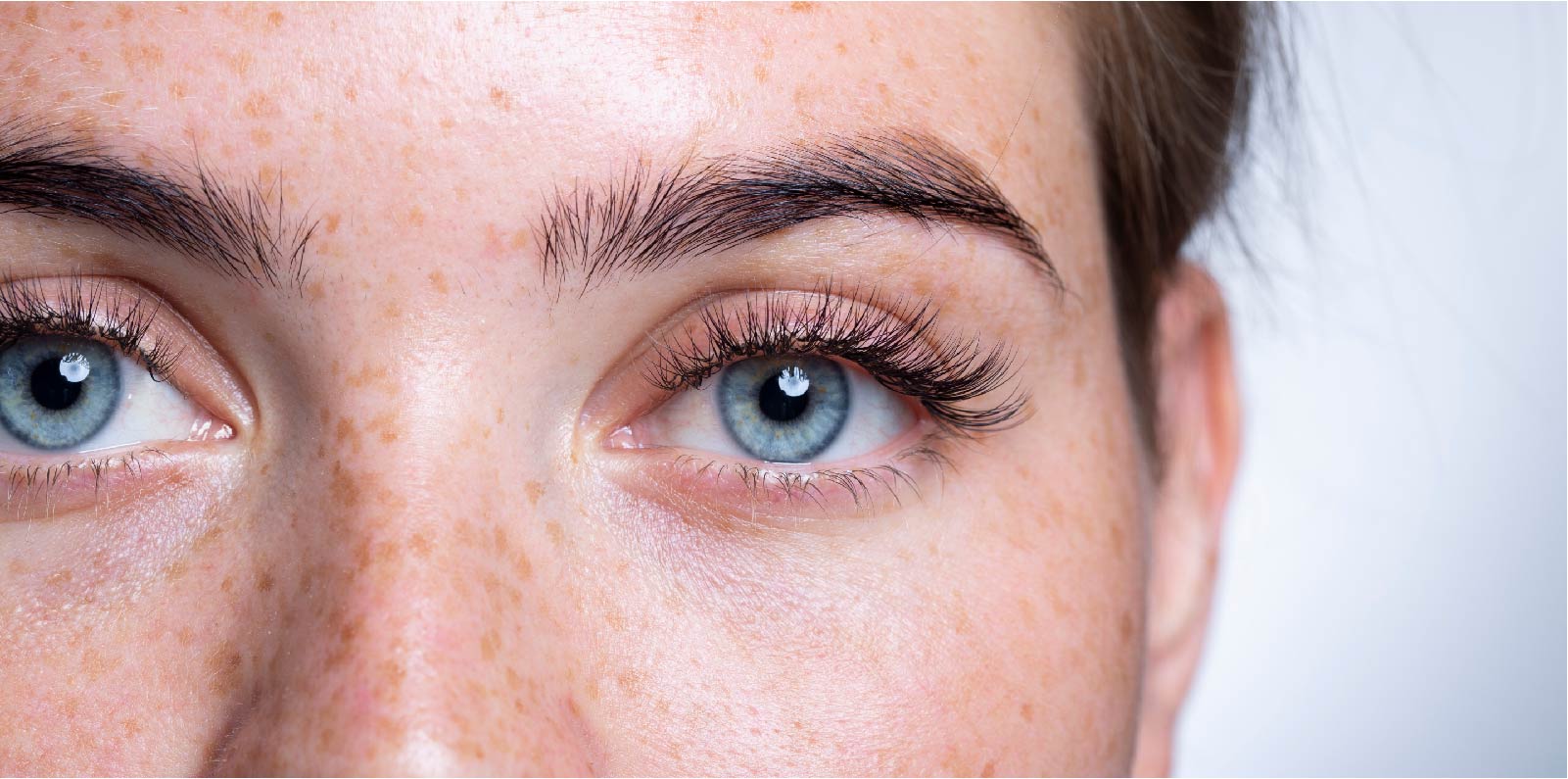Dry eye complaints are increasingly common, often linked to modern lifestyle factors such as prolonged screen use, environmental stressors, and age-related changes in tear production. While topical lubricants can offer temporary relief, nourishing the eyes from the inside out and addressing the underlying components of dry eye syndrome can provide longer-term support for ocular surface health and comfort.
Dry eyes is a common condition affecting millions of adults in the United States. It occurs when tear glands don’t produce enough moisture to provide adequate lubrication for the eyes or when tears evaporate too quickly. This results in a stinging, burning or scratchy sensation in the eyes, sensitivity to light, eye redness, difficulty with nighttime driving, and blurred vision or eye fatigue. While this may be overlooked as a minor problem it can significantly decrease quality of life and make it difficult to perform everyday activities.
What Causes Dry Eyes?
Both environmental and physiological factors – and often a combination of these factors — can result in dry eyes. They can be triggered by:
- Screen time: Insufficient blinking while staring at digital devices for prolonged periods
- Aging: Natural decline in tear production over time
- Environment: Dry air, wind, smoke and low humidity
- Contact lenses
- Certain medications: antihistamines, decongestants, hormone replacement therapy, antidepressants, and drugs for high blood pressure, acne and birth control
- Hormonal changes or inflammation that affect tear quality
- Seasonal allergies
- Certain medical conditions: diabetes, rheumatoid arthritis, lupus, and thyroid disorders
- Eye surgery
- Vitamin A deficiency
5 Key Nutrients to Combat Dry Eyes
While lifestyle adjustments such as staying hydrated, taking screen breaks, and using a humidifier can make a big difference, nutritional support also plays an important role in maintaining healthy tear film and eye surface hydration. Here are five research-backed nutrients to consider:
- Omega-3 and Omega-6 Fatty Acids (EPA, DHA, ALA, GLA)
Omega fatty acids work by modulating inflammatory pathways and by changing the lipid composition in the meibomian oil-producing glands in the lower eyelid. This improves the quality of meibomian gland secretions and prevents tears from evaporating too quickly. Randomized trials have demonstrated improvement in tear breakup time, tear production and symptom scores with consistent omega-3 supplementation. - Vitamin A
Essential for, vitamin A helps protect the cornea, the surface of the eye and supports tear film stability. Vitamin A—especially in the form of beta-carotene—helps maintain the health of mucous membranes and supports natural tear production. It is found naturally in the tear film of healthy eyes and is key to the production of the mucous layer of the tears. - Antioxidants: Vitamins C & E, Lutein, Zeaxanthin
Antioxidants help protect ocular tissues from damage caused by free radicals, which can break down healthy tissue. Antioxidants, including vitamins C & E, may also support a healthy inflammatory response, improve eye comfort, and promote healthy tear film function. Lutein and zeaxanthin also provide macular support and help counteract blue light exposure—particularly relevant for those with high screen time. - Zinc
Highly concentrated in the eye, zinc plays a key role in overall ocular surface health. It is vital for repairing ocular tissue and transporting vitamin A to the retina in order to produce melanin, a protective pigment in the eyes. - Hyaluronic Acid
Well-known for its hydrating properties in skincare, hyaluronic acid also supports moisture balance in the eyes when taken orally. It helps attract and retain water, improving lubrication and comfort, and enhancing tear stability.
A Simple Step Toward Dry Eye Relief
Millions of people live with the discomfort from dry eyes every day. The good news? Integrating supplementation into care plans can improve outcomes and enhance comfort for a better quality of life. As always, consult a healthcare professional before taking a supplement.
References
Yu M, et al. Nutrients. 2018;10(7):842
Wojtowicz JC, et al. Cornea. 2011;30(3):308-14.

